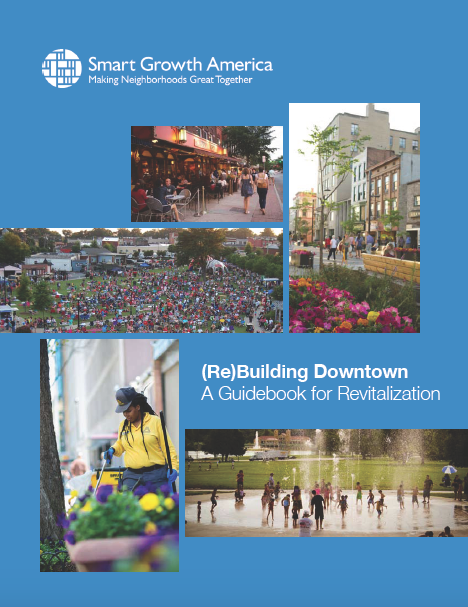I have a long-standing interest in figuring out how to revitalize small, primarily neighborhood-serving commercial areas. As a general rule, retail development lags residential development - but why do some communities turn around their commercial districts faster than others? What, if anything, can local officials and community members do to help?
Smart Growth America proposes the following:
- Understand your community
- Create an attractive, walkable place
- Diversify economic uses
- Plan for equity
- Improve government regulations and processes
- Finance projects
- Establish on-going place management
The Washington, DC metro area is a complicated place to try and answer these kinds of questions. How does an incorporated municipality in Prince George's County compete with a similarly-sized neighborhood in DC? How does College Park stand out as a college town with the pull of downtown DC just a metro ride away? How can any community address equity issues in the face of a multi-billion dollar regional real estate market?
As an environmental and community activist I am glad groups like Smart Growth America are researching these issues and providing materials like (Re)Building Downtown. Getting land use and placemaking right means healthier, more livable communities and a healthier environment - not just locally, but regionally, because desirable core cities limit sprawl development and the accompanying environmental, economic, and social impacts.

No comments:
Post a Comment